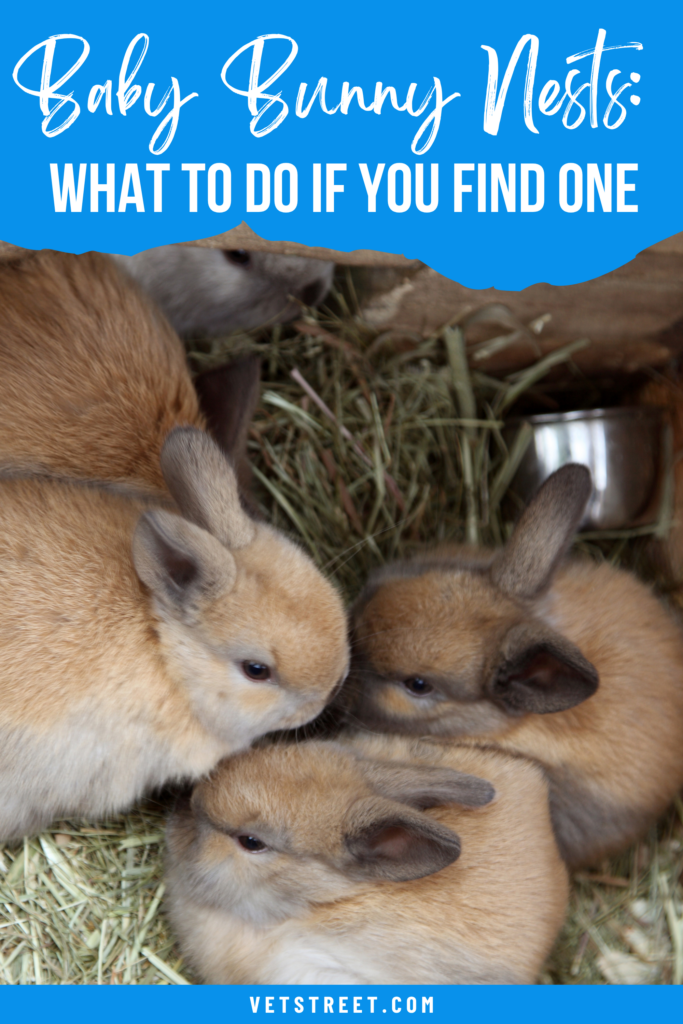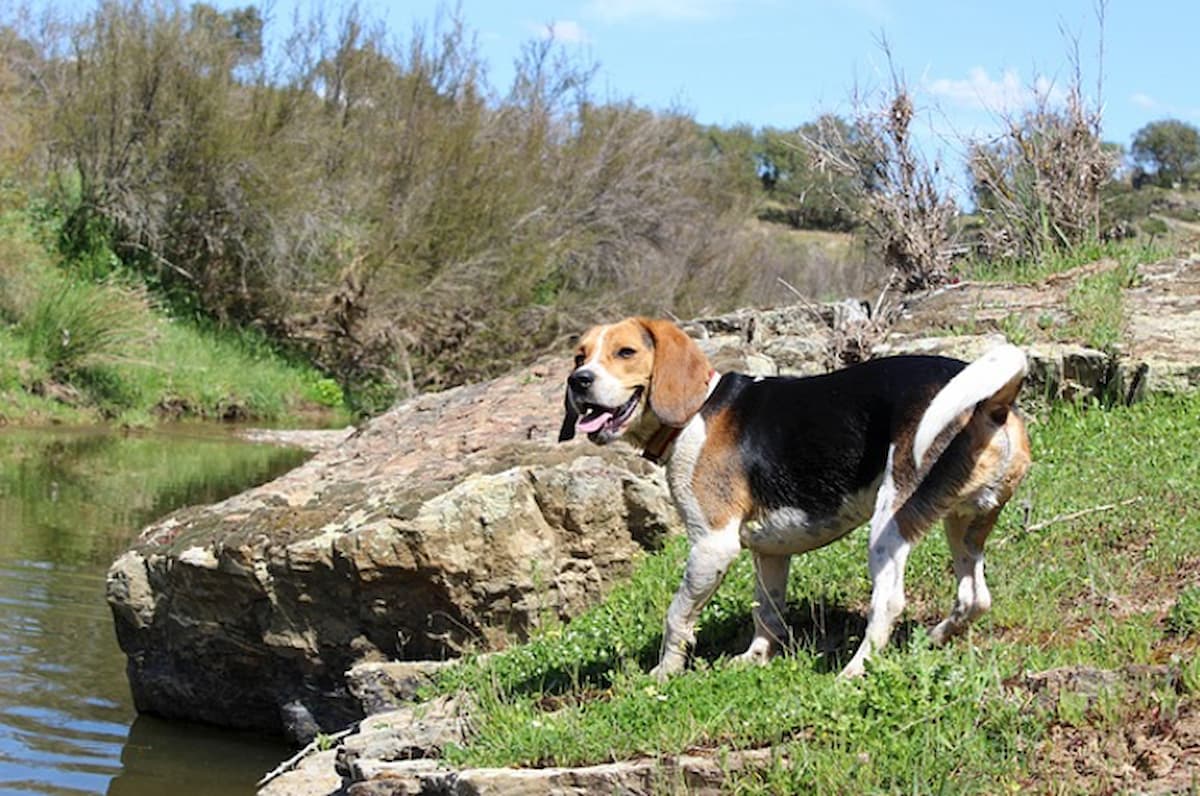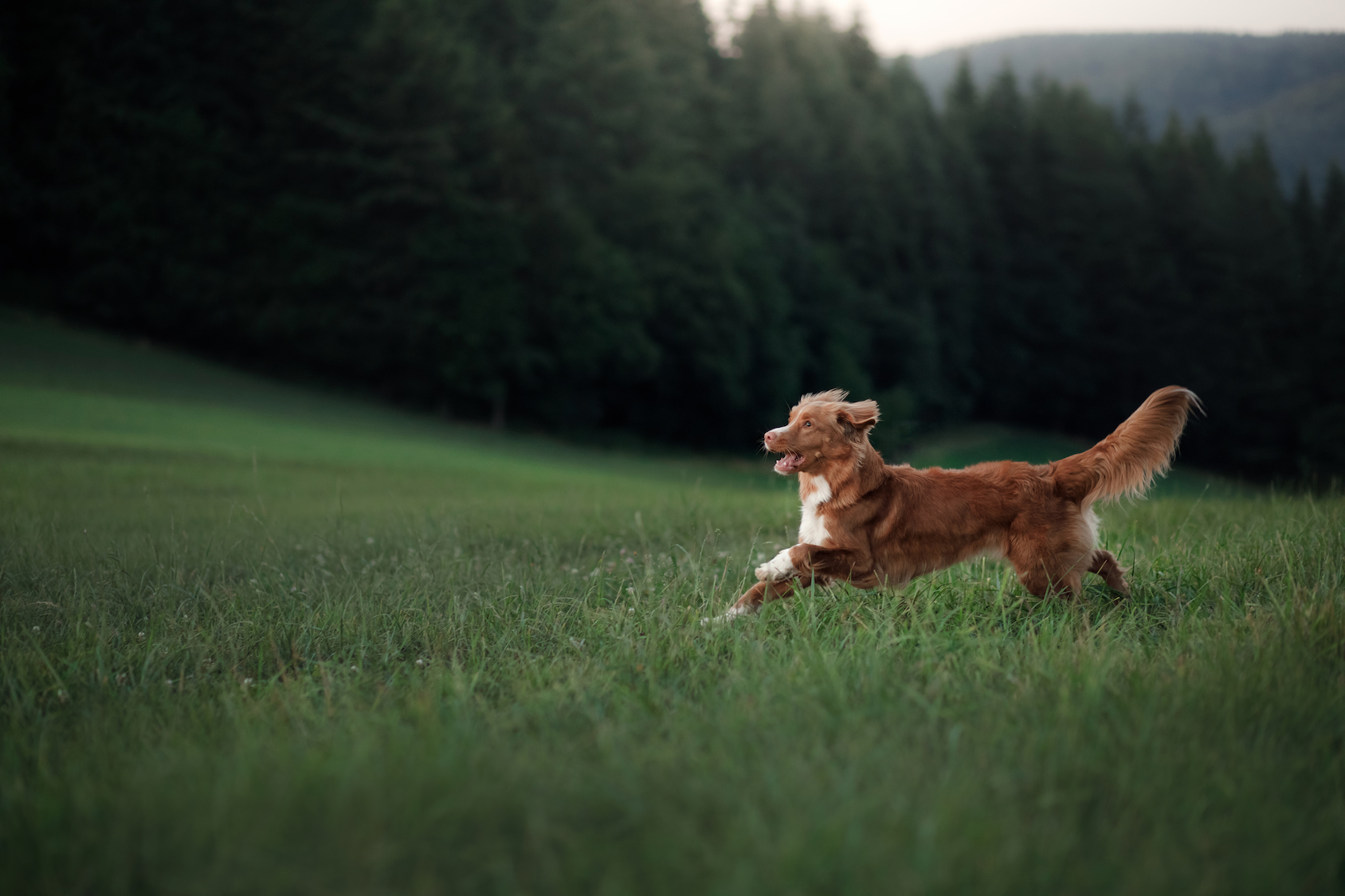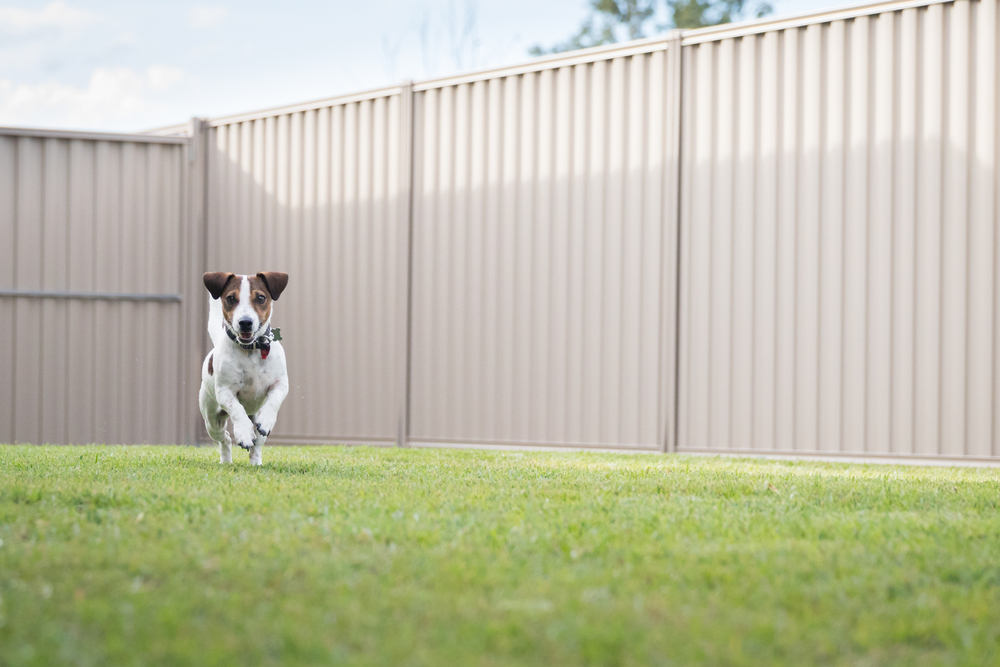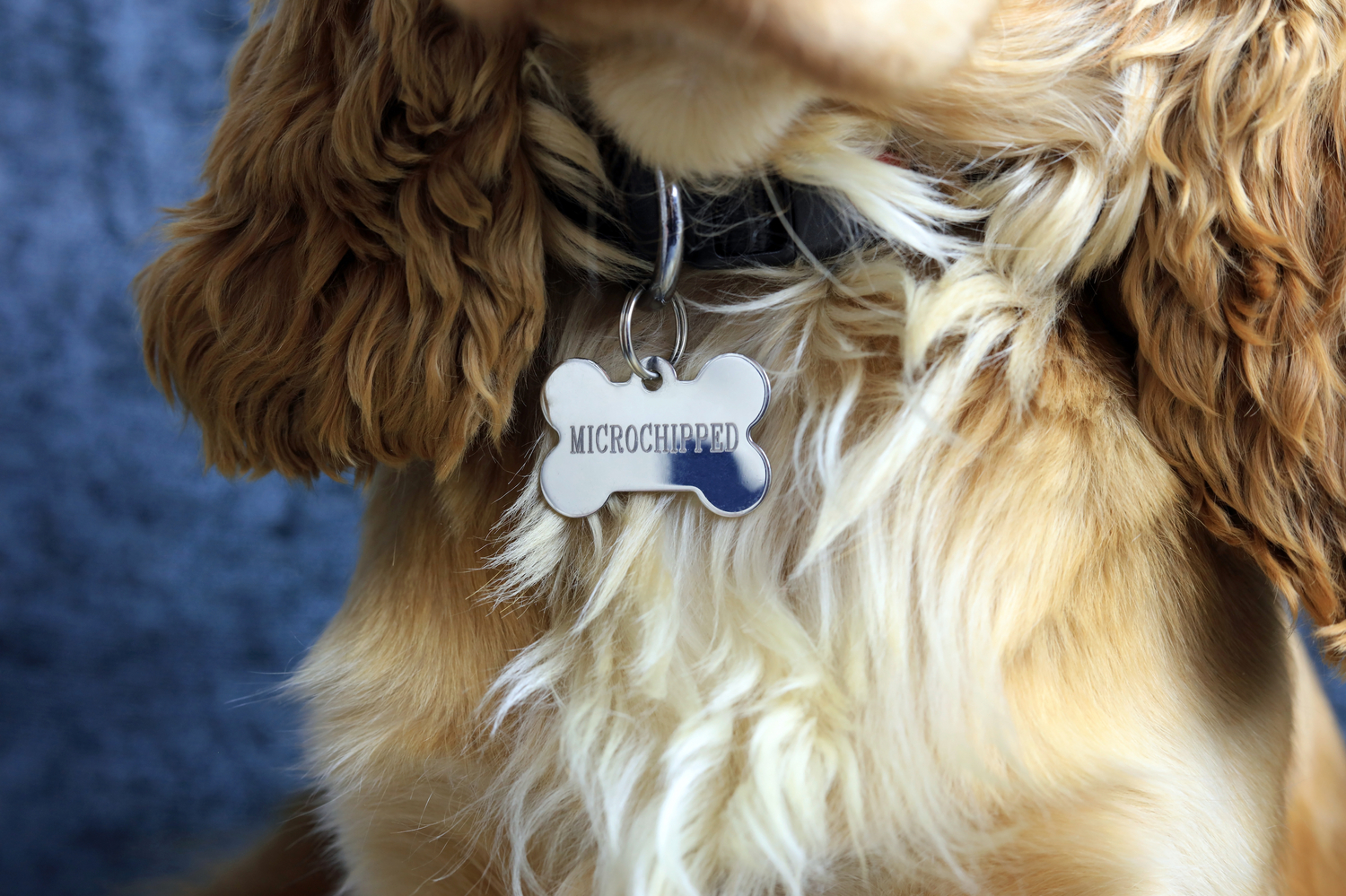What Should You Do If You Find a Bunny Nest?
Updated on May 28, 2025
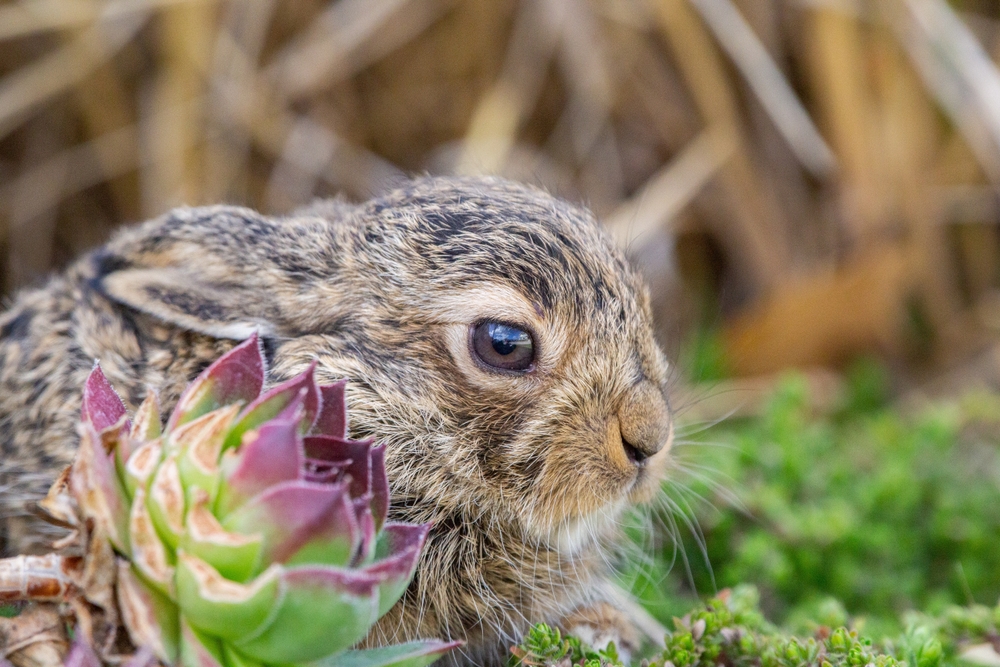
If it seems like you’re seeing rabbits everywhere these days, you’re not imagining it. Rabbit mating season usually runs from March through September, so that’s the time when people stumble upon nests of baby bunnies.
But often those who find a bunny nest aren’t sure what to do. “We get these calls quite a bit,” says Gary Comer, a wildlife management supervisor at the Ohio Department of Natural Resources Division of Wildlife. Comer and his team offer the following advice to help baby rabbits have the best chance at survival.
All featured products are chosen at the discretion of the Vetstreet editorial team and do not reflect a direct endorsement by the author. However, Vetstreet may make a small affiliate commission if you click through and make a purchase.
What Does a Bunny Nest Look Like?
Eastern cottontails, the most common rabbit species in the United States, build shallow nests of grass and fur in grassy areas near bushes or trees and often right out in the open.
People may be surprised that a rabbit would build a nest for her babies in the middle of a yard, but it’s actually pretty genius. Most predators won’t venture into an open space, so it’s pretty safe.
The trouble is, even people with a keen eye don’t always see a nest until they are on top of it. Nests look like little piles of messy grass among the regular lawn or vegetation. Sometimes adults come across a nest, but often kids or pets are the ones to find the babies.
Should I Move a Nest of Baby Rabbits?
If you’ve discovered a nest that’s been disturbed, take a peek at the babies. Unless the little rabbits are visibly injured (bleeding or nonfunctioning limbs, for example) or obviously suffering, it’s best not to touch or move them, Comer advises. Cover the nest and leave the babies alone.
Well-meaning people may assume a nest has been abandoned because the mother rabbit isn’t there, but that’s probably not the case. Mama rabbits are smart and visit their nests only when absolutely necessary to avoid drawing attention to it, Comer says. The mother is probably somewhere nearby and will return when it’s time for the babies’ feeding and grooming, usually in the morning and evening.
And don’t panic if you or your child touches the bunnies. It’s a myth that a mother rabbit (and many other wildlife mamas) will reject their babies if they have a human scent on them. Just cover the nest and don’t touch the babies again; handling the little ones can cause injury and stress.
What Can I Do to Help Baby Rabbits?
- Check your yard before you mow your lawn. It’s common for people to discover nests while they’re doing yardwork.
- If you find a nest, mark the area in some way so you know where it is. Comer recommends a marker flag or small sign in the ground near the nest.
- Comer also advises if you have curious pets or younger children, consider putting up temporary plastic fencing around the nest. You can get this at your local home improvement store. Just make sure there are holes large enough for the mama bunny to come and go but small enough to keep pets and kids out.
Garden and Yard Protection
You aren’t going to touch the baby bunny nest, but there are things you can do while not disturbing them. Here are a few of our pro tips and things you can purchase, since if you find a bunny nest it’s likely to happen again:
Purchase A Do Not Disturb Sign
Purchase a do not disturb sign indicating local wildlife is in the area.
Watch Carefully From a Distance
If you have a home or area nearby to peek, safely distance yourself and use a pair of binoculars to watch the bunnies, which will also come in handy for birdwatching, too.
Protect the Baby Bunnies From Predators
Keep dogs, cats, and other predators away from the bunny nest with easy fencing.
Consider an Outdoor Camera
Nowadays, outdoor cameras are high-quality and affordable. Consider mounting one nearby to safely monitor the nest.
Use The Experience to Encourage Kids to Read
This is a great learning opportunity. Encourage kids to put their phone or tablet away and open a traditional book on respecting wildlife and their habitats.
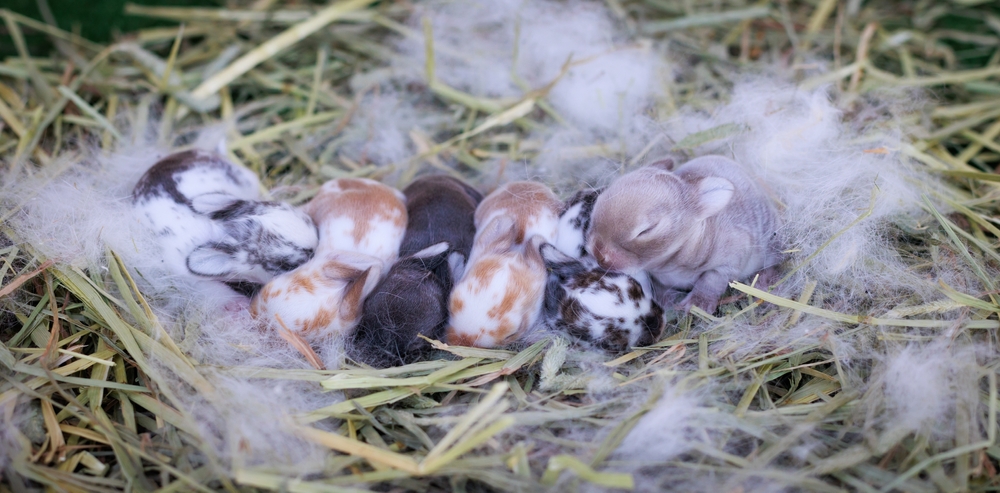
What Should I Do for an Injured Baby Rabbit?
If you accidentally injure or find an injured bunny, call a local wildlife rehabber for advice. The Humane Society of the United States provides a state-by-state listing of these wildlife experts. If your dog or cat finds a nest and injures one or more of the babies, take your pet inside right away until you can secure fencing or call a wildlife rehabber. If your pet knows where the nest is, he may return to it, potentially causing more harm to the babies.
How Long Will the Rabbits Stay in the Nest?
It will be tempting to check on your little friends, but the more you visit the nest, the more you draw attention to it. Leave it alone, and be patient. These babies won’t be in the nest for long; in no more than three weeks they’ll emerge to begin their adult lives.
Once they are “furred” and you see them hopping about on their own, the babies are fine, Comer says. They may be small, but they will be self-sufficient enough to live on their own, so let them go about their bunny business.
And who knows? One of the babies you help protect may end up making a nest of her own in your bunny-friendly yard, too.
